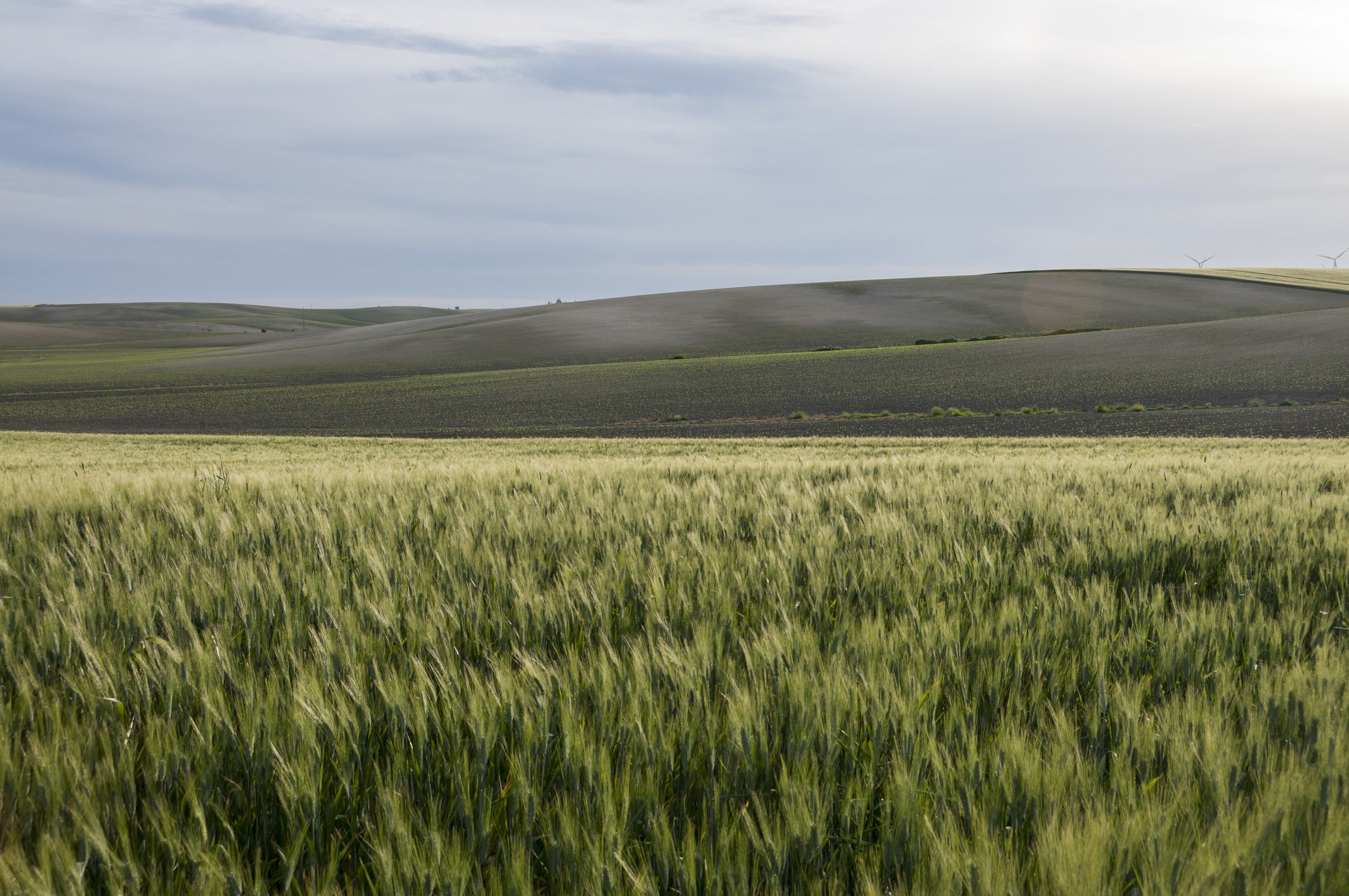The Versatile Sunchoke
Sunchokes: A Versatile Tuber that Thrives in the Inland Northwest
BY DAVID OTTERSTROMI love sunchokes. Lucky for us, they grow well here in the Inland Northwest. These beauties can reach up to 10 feet tall and produce vibrant yellow flowers that catch the eye of visitors to my garden. When I tell them these flowers have tasty tubers they are pleasantly surprised. If planted in a row, they produce a tall hedge in the summer garden. The tubers are ready to harvest in the fall after the plant wilts away, and are great to harvest throughout the winter and early spring. In the Inland Northwest it is common for us to have periods during the winter where the ground thaws and you can dig them up to harvest. I harvest what I need and keep the rest of the tubers in the ground, since the ground keeps them stored perfectly. I just dig them up when I need them for cooking. Each bumpy tuber is whimsical and unique looking varying in size from a Brussels sprout to as large as a grapefruit.
The sunchoke has many names including Jerusalem artichoke and earth apple. The name sunchoke comes from the fact that they grow tall and large, shading out and “choking” the sun from the plants around them. I love the name earth apple, since they grow in the ground and taste somewhat like a crisp mild apple when eaten fresh. Their flavor and texture also reminds me of water chestnuts or jicama. The name Jerusalem artichoke is thought to have come about because the cooked tubers taste similar to artichoke hearts. They used to be called girasole, which is the Italian word for sunflower, since this plant is in the sunflower family. Since girasole sounds similar to Jerusalem, it is thought that over time it got mixed up with the word Jerusalem and was switched. The latin name for the plant is Helianthus tuberosus.
Sunchokes are extremely versatile in the kitchen and can be used like potatoes with or without the skin. You can eat them raw, roasted, steamed, boiled, sautéed and more. I love them cut up and roasted with olive oil and seasoning. They are great sliced and added to salad for a little crunch. Their subtle sweet flavor also makes them delicious grated in desserts such as cake, just like you would grate zucchini for zucchini bread.
I recommend growing this plant in large pots to keep it contained, unless you have an area of the garden you can keep them isolated from other plants. They are prolific growers and can take over large areas of the garden if not kept in check. Whichever way you grow them you are bound to have a plentiful harvest. These plants produce lots of tubers, and crop yields on average are extremely high compared to many other crops. They have an impressive nutrition profile and are high in the prebiotic inulin, which can be beneficial for healthy bacteria in the gut. Inulin can also cause an upset tummy in some people, so it is best to only consume a little of this food when you are first trying. Overall, the flavor and versatility of this root vegetable is definitely worthwhile.











